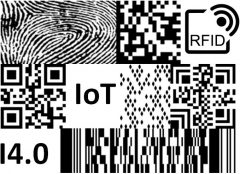The 28-Feb-2018 Rainer Schrundner was elected unanimously chair of the standardization committee DIN NA 043-01-31 Automatic Identification and Data Capture.
Information event at Seafood Global Expo
A presentation on the European standardization project for the machine-readable marking of crates and pallets was given at the Seafood Expo Global on Tuesday 25th April 2017. The contributors were Denis O’Brien, Director of Standards & Solutions of GS1 Ireland, and Rainer Schrundner, Consultant, ident.one, chairman of CEN TC225 WG4.
This new standard is developed in the “European Committee for Standardization (CEN)”. The publication is planned for 2018. Thereafter, the standard automatically becomes a national standard in 34 European countries.
According to Article 67 of Implementing Regulation 404/2011 on EU Regulation No 1224/2009 establishing a Community control system to ensure compliance with the provisions of the common fisheries policy …. operators are required to use internationally recognized standards and specifications as the basis for machine-readable markings as soon as the marking contains a machine-readable element such as a bar code.
For example, an example of a standard-conforming label for fish crates might appear in the future:
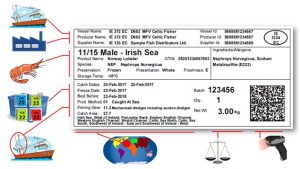
Here a link to the presentation given at the Seafood Global Expo
European standardisation project for labelling of distribution units and pallets in the trade of seafood products
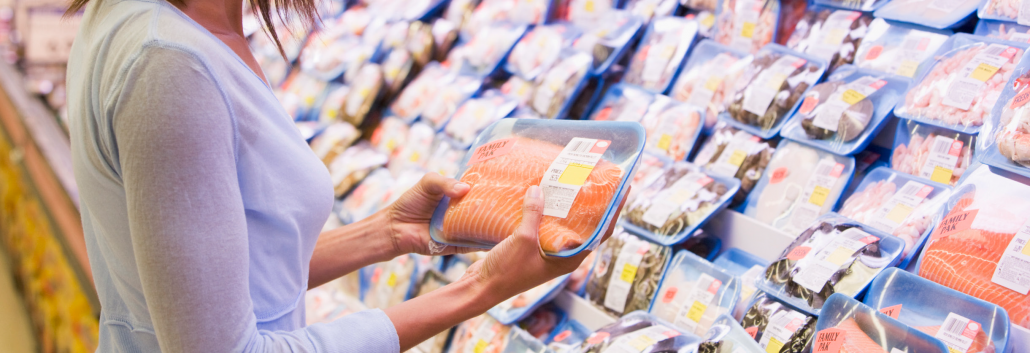
Council regulations EC, 1224/2009, requires that all lots of fisheries and aquaculture products shall be traceable at all stages of production, processing and distribution, from catching or harvesting to retail stage.
Failing to meet these requirements can have a serious impact on your business. In addition to the legal requirements, key players in the seafood industry also found that logistics and operating costs currently account for up to 15 %
of seafood sales value.
The European Committee for Standardization (CEN) is an organization in which the national standards committees of 33 European countries jointly develop standards. CEN is working in the working group TC225 / WG4 (applications of automatic identification) on a standard for the labeling of distribution units and pallets in the trade of fish and fishery products.
New version of IEC standard for electronic type label package labels upcoming
The IEC standards 62090 „Product package labels for electronic components using bar code and two-dimensional symbologies“ was significantly rewritten for the version 2.0 and is close to be published.
An important goal of this revision was, that an efficient automatic identification in incoming goods and production is easily and efficiently possble without need for customer specific labelling,m and that track&trace is supported at the best.
Especially for medium-sized customers and for the purchase via distributors the revised labels enable simple and efficient automated processes.
The preparation work for this new version of the IEC 62090 was accomplished by the EDIFICE experts group for automatic identification under my project lead.
Mr. Huck from Murata (delegate from DKE, the German national mirror for IEC TC91) had the project lead within IEC TC91.
Digital signature for barcodes
The new draft ISO 20248 provides for the first time a standardized, efficient and interoperable method for specifying, reading, decoding and authenticating data on barcodes, RFID, etc.
This is even possible independent from real time remote accesses.
By this it is for example possible to make machine readable data on type labels or documents authenticate with only a little extra data element and for very competitive costs.
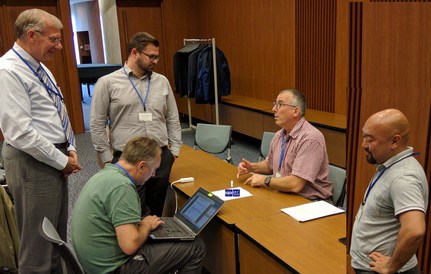
Up to now there was no easy way to guarantee the authenticity of data on AIDC media. With the ISO 20248 a new area for the quality of machine readable data is opened.
Draft of EN standard of electronic type label is available in translation
The draft of the EN standard 17071 is now available in German translation too.
This standard defines a concept for a uniform structure of data (including data elements, syntax and semantics) for type labels with RFID transponder (including HF, UHF, NFC), 2D-dsymbol (including Data Matrix and QR-Code) and plain text.
In addition this standard specifies a minimum set of common data, that are required on data carriers, if for the same item several data carrier technologies are used.
Further on this standard provides a guidance for the creation of specific application standards, to improve interoperability and backward compatibility.
The German version can be downloaded via the Normen-Entwurfsportal des DIN.
As project editor for this standard I am also directly available for questions.
Automatic identification report 2016
Report 2016 to automatic identification and data capture
This report informs about the latest developments of the AIDC-technologies in regard of standardisation and practical application. Hereby the report focuses on the 22nd ISO/IEC JTC1 SC31 plenary meeting in Sapporo, Hokkaido (Japan) and adds highlights to AIDC-activities from other standardisation groups. Further on recent developments in the area of applications in the industry and healthcare are added.
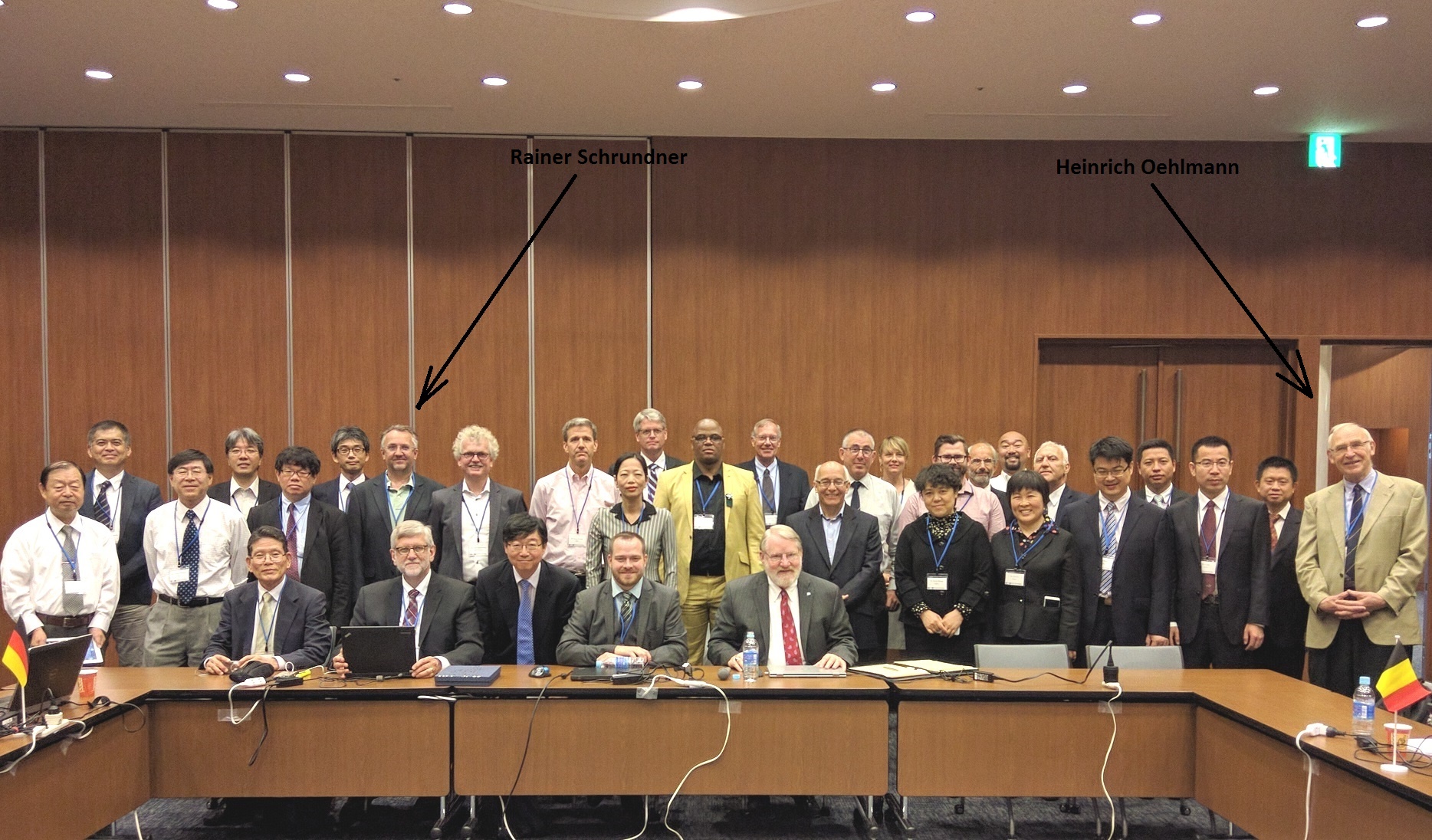
• AIDC as strategic module for business development – law-makers discover AIDC for healthcare- and medical products also in Europe
• 20th anniversary – ISO/IEC JTC 1/Sub group 31 AIDC working since 20 years
• structure of ISO/IEC JTC 1/SC 31 and the activities of its working groups
• highlights of recent AIDC developments
• rectangular Data Matrix “DMRE” becomes ISO/IEC 21471, Ultracode becomes AIM standard
• New developments – Authenticity- and security-mechanisms for barcode and RFID
• AIDC connects products with systems – quick IoT solution
• AIDC projects of other bodies: IEC 62090 for electronic component packages, CEN eID-plate, DIN 16589 P2P
• Annex – Quick-Guide, list of issuing agencies for company identifications, DigSig-illustration
• List of AIDC standards
dowload report
